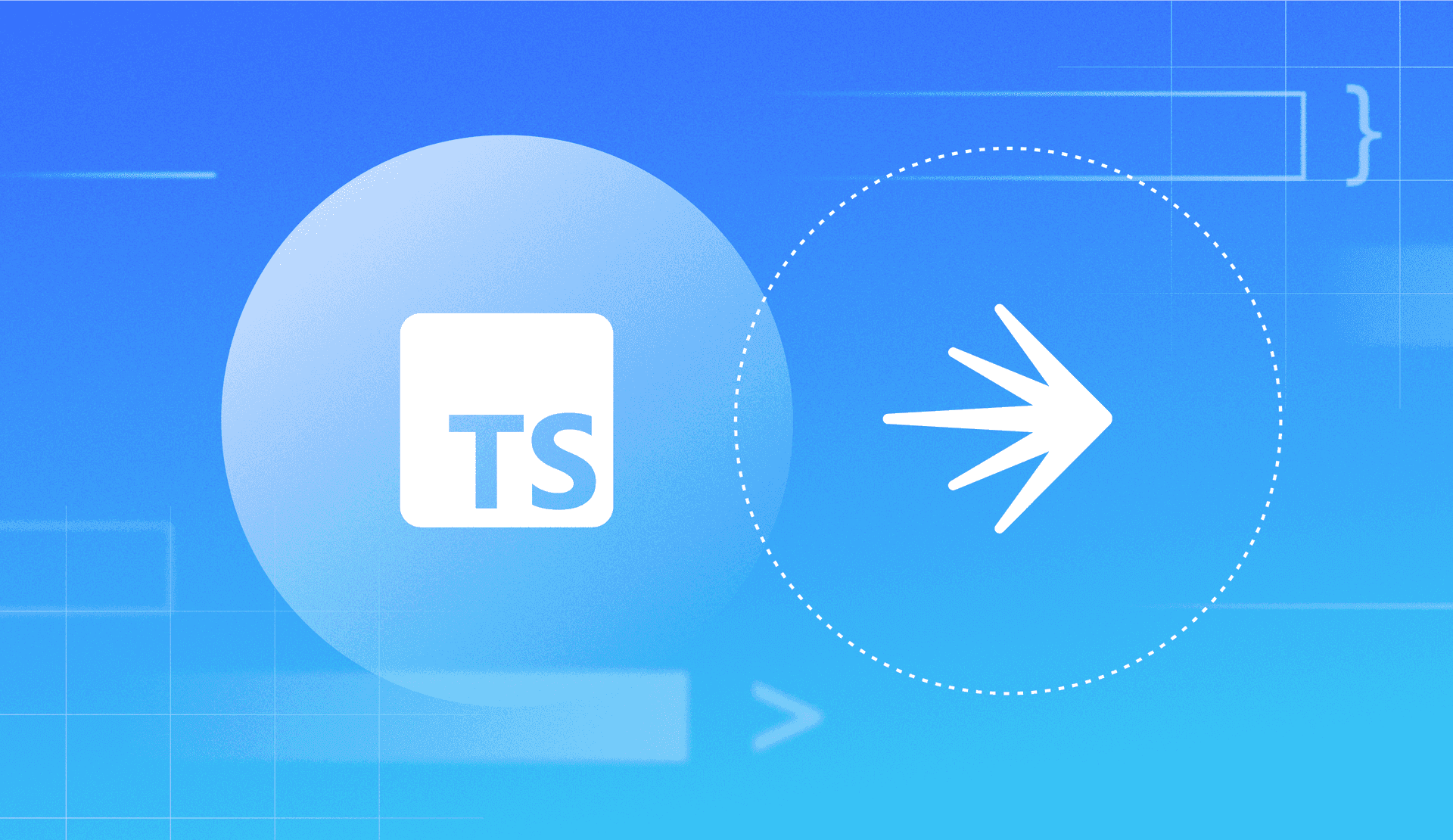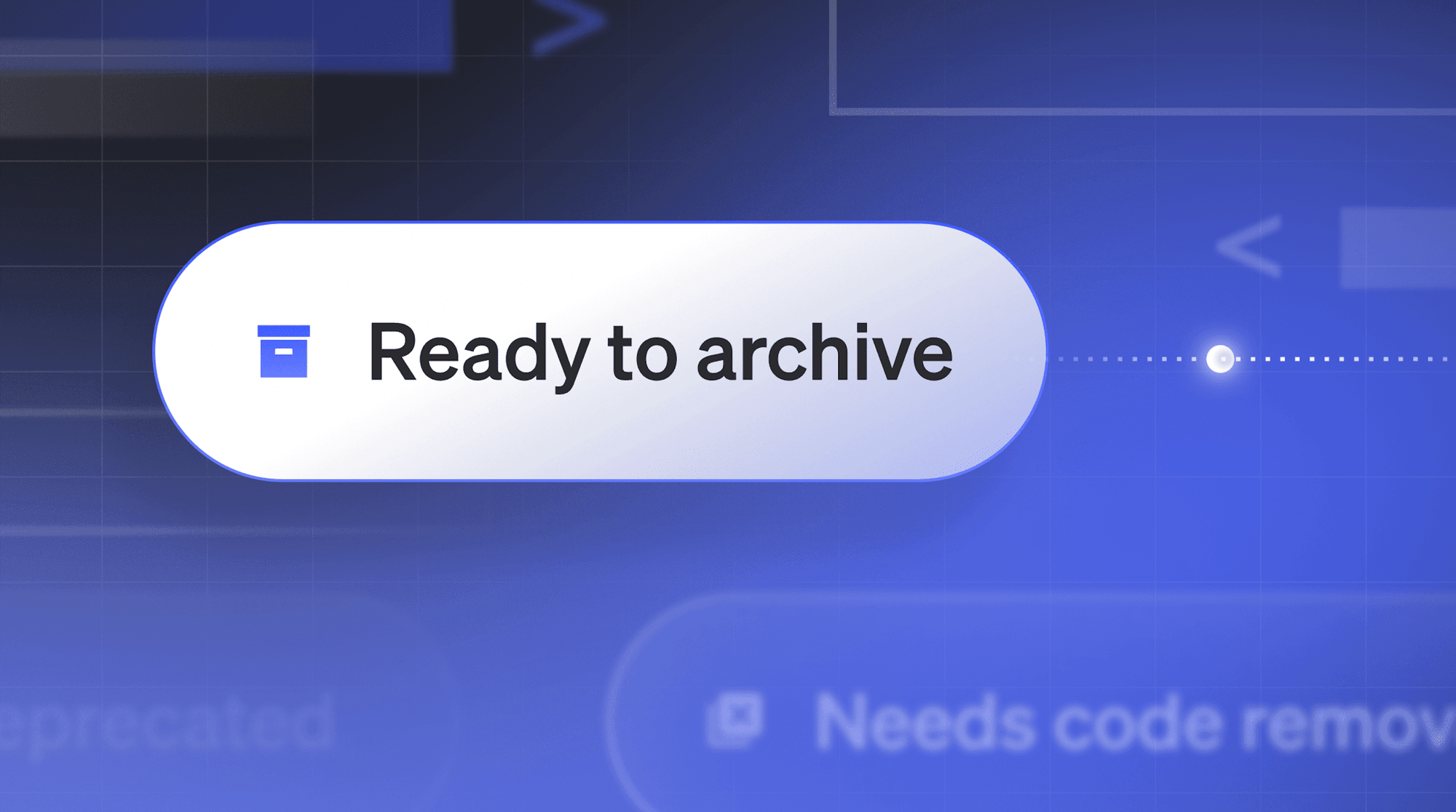TypeScript's usage and popularity has exploded in recent years. According the most recent StackOverflow survey, it is already the seventh most popular language, ahead of languages such as C#, PHP and Go. Not only that, but it is the second-most-wanted language, meaning more developers want to learn TypeScript. So expect its usage to grow. As a recent article on CSS Tricks states:
"TypeScript is not just evolving; it is exploding and only gaining momentum as we settle in 2022. So, yes, TypeScript is relevant in 2022… and will continue to be for some time to come."
If you haven't heard of TypeScript, it is a superset of JavaScript, meaning that any valid JavaScript is valid TypeScript. It then layers on a whole bunch of features, most notably support for type checking. The TypeScript compiler compiles the TypeScript code to JavaScript.
If you are already using TypeScript in your application development or looking to start, this post will show you how to get LaunchDarkly working within your TypeScript code using the Node.js SDK and how to integrate the React SDK for the frontend in a TypeScript project.
Using the Node SDK in a TypeScript Project
Since valid JavaScript is valid TypeScript, there really isn't anything specific that you need to do to use the LaunchDarkly Node.js (Server) SDK within TypeScript application code. However, you'll likely want to use type checking – that's the point, right? Fortunately, some types are provided that can help.
Let's take a look at the following example and go over what it is doing:
- You'll need to import that
launchdarkly-node-server-sdkof course. In addition, the example usesdotenvto import the SDK key from a.envfile, which is added to our.gitignore. - The
ldClientvariable holds a copy of the LaunchDarkly client that will be returned once the SDK is initialized, which will be of the typeLaunchDarkly.LDClient. ThegetClient()function handles the initialization using the SDK key, which is available on the account settings in the LaunchDarkly dashboard. Once the client is initialized,getClient()returns it. getFlagValue()is a generic wrapper around the client'svariation()method to get a flag's current value. It handles initializing the client if it doesn't exist and populating an anonymous user key if one is not provided for user targeting. It passes these values to the client to return the current flag value, which is of typeLaunchDarkly.LDFlagValue.- Finally, the
getUsername()method is just some dummy code to retrieve a the flag value for a string flag namedfeatured-usernameand log it to the console. Flag values can be booleans, string or objects (for JSON flags).
While this is a pretty basic example, you'll see that it takes advantage of the types made available by the SDK to incorporate type checking throughout. You can find all the types available in the Node SDK via the API documentation. You can also clone this example code on GitHub.
Using the React SDK in a TypeScript React Project
If you try to use the React SDK within a React application that uses TypeScript, you may encounter some compiler errors or warnings initially. Fortunately, these are relatively easy to fix and, once fixed, you can just use the SDK as documented.
Let's look at an example that uses Next.js via their blog-starter-typescript template. The key changes that are required are in the /pages/_app.tsx that creates the root application component. Here is the original code:
A standard solution for React applications using LaunchDarkly's React SDK would be to wrap the MyApp component in a withLDProvider function.
Doing so will bring up two TypeScript compiler errors.
clientSideIDwill report thatType 'string | undefined' is not assignable to type 'string'- Passing
MyApptowithLDProviderwill result inArgument of type '({ Component, pageProps }: AppProps<{}>) => Element' is not assignable to parameter of type 'ComponentType<{}>'.
The code below resolves these issues first by adding a ! to process.env.LAUNCHDARKLY_SDK_CLIENT to indicate that it will not be undefined. Second, MyApp is coerced to type ComponentType<{}>.
That's it. Now the application can use SDK tools like withLDConsumer or the useFlags hook to get client-side flag values within the frontend of the application.
Flags + Types = 🙌
As we've seen, it's easy to incorporate feature flags into your TypeScript application. We explored how to do this using the Node SDK on the server or the React SDK on the client within a full stack application built with TypeScript. If you'd like to dig further into what's available within each SDK, be sure to check the Node.js SDK (server-side) documentation or the React SDK documentation.















